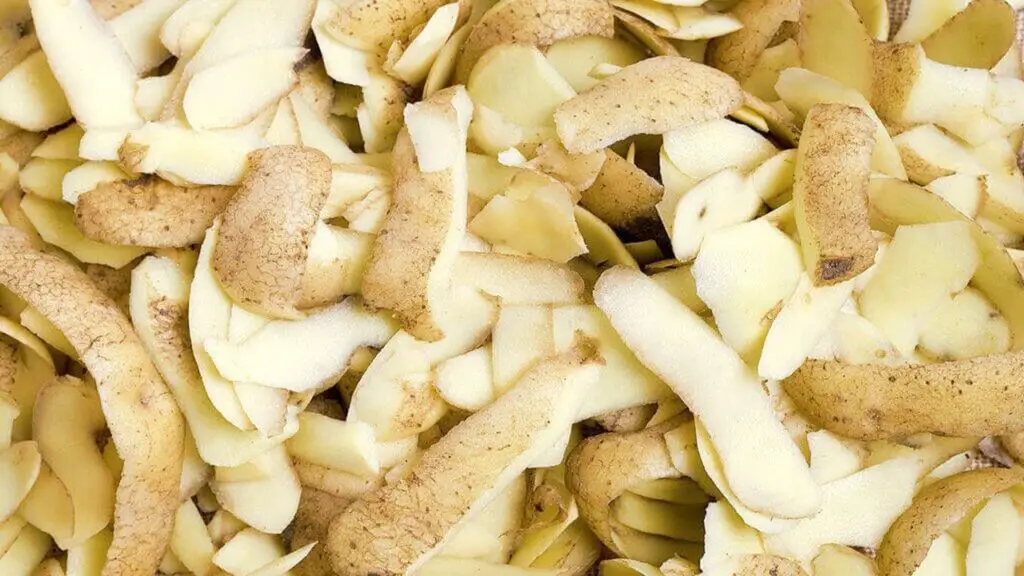If you regularly cook potato dishes, you've probably wondered whether you can make use of your potato peels, rather than just throwing them away. It seems such a waste to toss out your peels - and, if you're like the millions of eco-conscious people around the world, you're probably trying to reduce your environmental impact where you can.
With that said, you're not going to be encouraged to use peels from potatoes unless the options you're presented with are genuinely worth knowing about. In this guide, we've covered some of the best - and genuinely worthwhile - uses of potato peels that you need to try today.
1. Conceal Your Grays
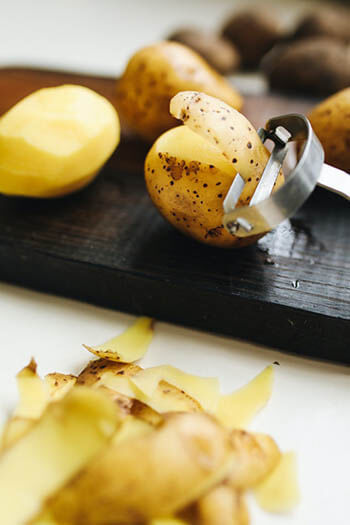
Graying hair is a completely natural process - but that doesn't mean you have to embrace this sign of aging if you're not ready to yet! If you want to cover up your grays without resorting to an expensive, chemical-heavy commercial product, try potato peels instead.
For blondes, potato peels can be used to highlight gray hairs and improve the overall uniformity of the color. If your hair is brunette, potato peels should darken your gray hairs and effectively conceal them.
It's a bit of an odd remedy, but many people really do swear by potato peels for hiding their grays. To try this remedy, add your leftover potato skins to a saucepan, then add boiling water and leave to simmer for 30 minutes. Once the time is up, allow the liquid to cool, then use as a hair rinse after shampooing.
2. Replace Breadcrumbs With Potato Peels
Plenty of baked dishes call for breadcrumbs. Whether you're making a casserole, mac 'n cheese, meatballs, fish cakes, or anything else that needs breadcrumbs, try using potato peels instead.
To give your potato peels a more breadcrumby texture, blitz them in a food processor until they're chopped down to the size of oats. You don't want to process them for too long, or you might end up with an end product that's too sticky to work with.
Replace equal parts breadcrumbs with potato peels. You'll find that the potato peels have similar binding capabilities. They're also gluten-free, which may suit people with coeliac disease.
3. Make Potato Milk Jam
Before you wrinkle your nose in disgust at the thought of jam made from potato peel, remember that many of our desserts contain gelatin - and that's definitely a bit more difficult to get your head around!
Potato milk jam, or potato peel jam, is a sweet, delicious, caramelized dipping sauce that is made by slowly cooking sugar, milk, and potato peels. There are numerous potato peel jam recipes, but most require potato peels, sunflower oil, milk and cane sugar.
You'll be happy to know that potato peel jam doesn't actually taste like potatoes - more like rustic caramel.
4. Natural Wart Remover
Wart treatments are expensive, and they don't always work as advertised. You might prefer to go back in time and try an old folk remedy to treat your plantar warts. This remedy requires you to rub a slice of raw potato on the skin. You could also bandage potato skins to the affected area and leave for several hours at a time.
Okay, there's no guarantee that this treatment will genuinely work, especially as these old-school remedies advise you to either bury the used peel in your garden or say a quick riddle to improve your chances of success. However, many people today claim that this remedy really has removed their warts, so it's worth giving it a try.
5. Make Potato Flour or Starch
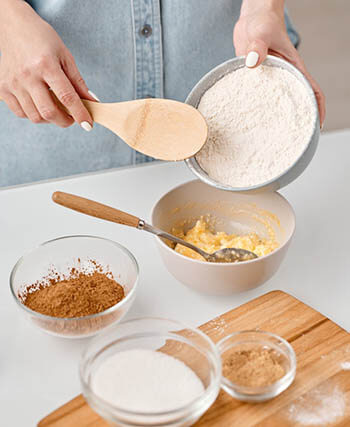
Making your own flour might seem like too much fuss in today's modern age. But if you're a die-hard cook, it's definitely worth making potato flour or starch at least once, using a recipe from back in the day.
You can use potato flour for all sorts of cooking purposes, including lightening baked goods and thickening sauces. The flour is gluten-free and easy to digest, making it a cupboard staple for many. If you've never made potato flour before, give it a try! You could even turn it into an educational experience for your kids, teaching them about starch and how our grandparents used to prepare foods.
To make your own potato flour, wash, grate and peel your potatoes, then blanch them in a pan of boiling water for 1 minute, before crushing or blending them. And that's it - store in an airtight container in the fridge until the flour is ready for use.
6. Make Invisible Ink
This perhaps isn't the most universal way to use up your old potato skins, but it will certainly appeal to families with children. Potato skins can be used to make invisible ink.
Just simmer the peels in water for up to 15 minutes, then leave to cool to room temperature. The water will have turned cloudy and white, indicating the presence of starch. Dip a cotton bud or matchstick into the starchy water, then write a word or message using your dipping tool on a piece of paper.
To reveal your secret message, you'll need a 50:50 combination of water and liquid iodine. Brush the solution onto the paper.
7. Use In Your Beauty Regime
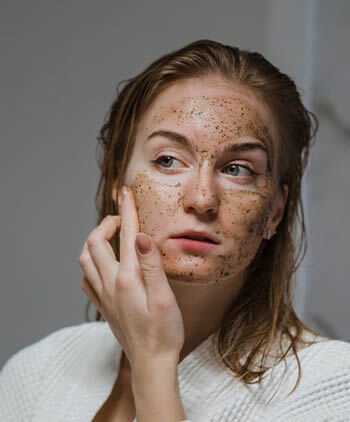
We've heard of cucumbers and bananas as beauty treatments, but what about potato skins? You can use potato skins to brighten and whiten skin, and they make a great addition to a daily beauty routine. Crushing potato skins to form a paste can prove even more beneficial for beauty uses.
You can treat blotchy skin by rubbing potato skins onto the affected area in the mornings. Crushed potato skins can also be used to lighten dark underarms, and they were traditionally used by women to reduce wrinkles. Similarly, crushed peels can be used underneath your eyes to reduce eye bags.
8. Make Mashed Potatoes
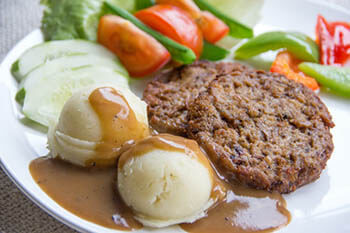
Thought you couldn't add potato peels to your mashed potatoes? Not according to Heston Blumenthal. This world-famous chef used potato skins in his mash to give it a more potent potato-ey flavor.
If you want to learn how to make mashed potatoes in Heston Blumenthal's style, you'll need waxy potatoes, full-cream milk, and unsalted butter. The potato skins need to be combined with the milk in a saucepan, which you should bring to the boil then remove from the heat. You can then discard the peels and add the milk and unsalted butter to your pre-mashed potatoes.
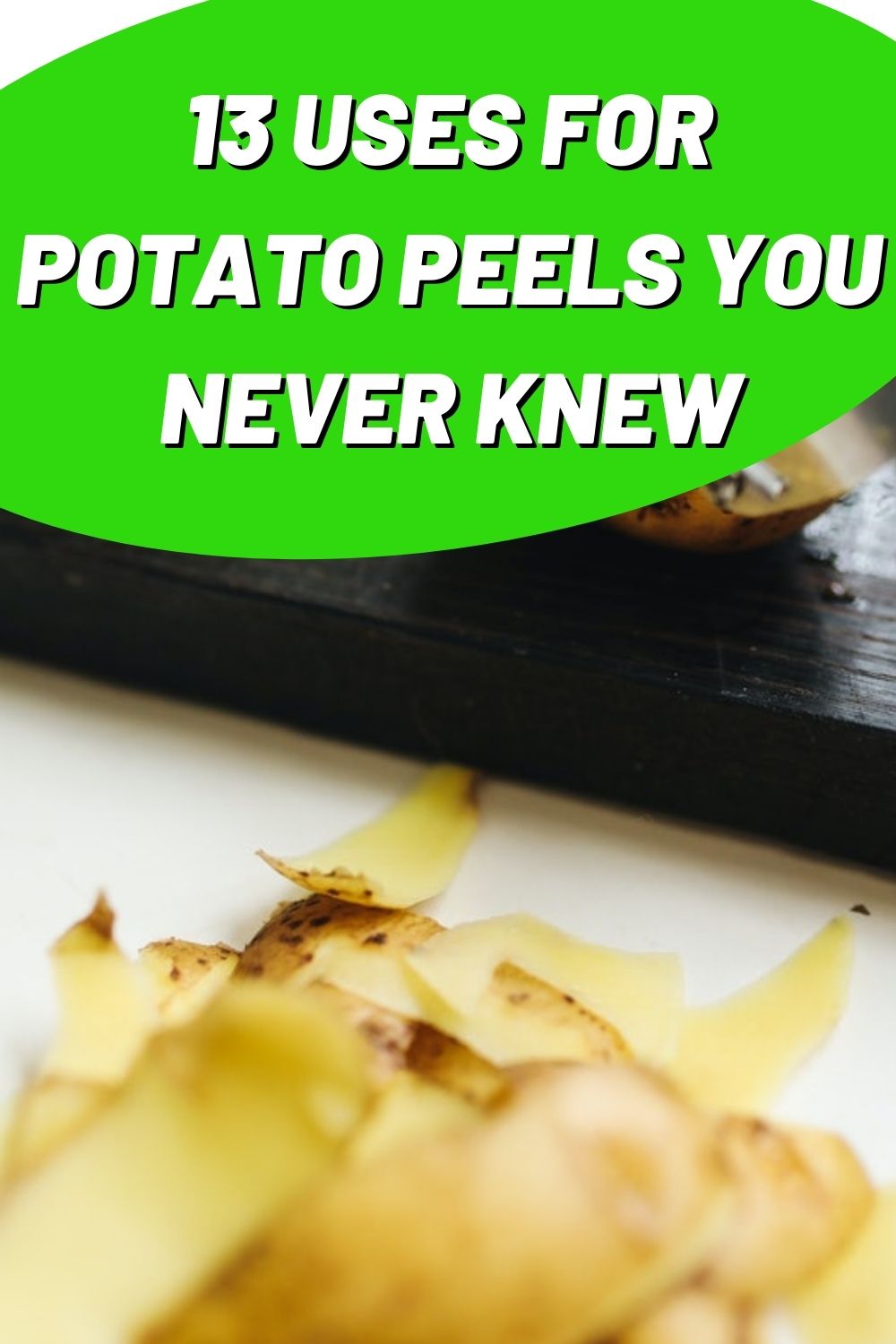
9. Add to Compost
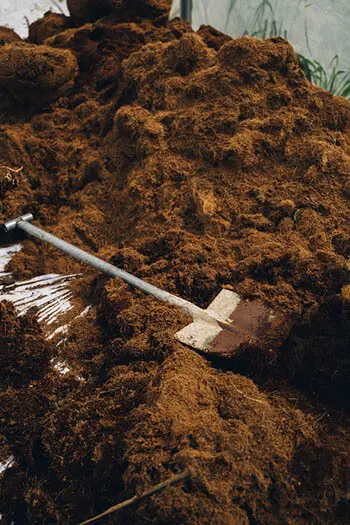
Adding potato skins to compost is highly recommended. Their starchiness makes them a nightmare for garbage disposal systems, and throwing them away contributes unnecessarily to your food waste.
You might worry that adding potato skins to your compost will cause them to sprout, but this is rarely an issue. Because the peelings are thin, and compost heaps tend to have a fairly warm temperature, the peels should quickly decompose.
10. Make Crispy Potato Peelings
Crispy potato peels, or potato skins, have seen a recent boom in popularity. You can now order these crispy skins topped with melted cheese, bacon, mushrooms and other delicious foods from many Italian restaurants.
You can bake crispy potato peels however you like. Try coating them with salt and pepper to make homemade potato chips, or bake in the oven with cheese and garlic until they're crispy on the outside and gooey on the inside.
If you have a deep-fryer, you could make golden crispy potato chips and top them with a sprinkling of parmesan cheese or dip them in your favorite sauce.
11. Brew Potato Alcohol
If you're a home-brewer, it's well worth using potato skins to whip up your own alcohol. By using potato skins instead of potatoes bought specifically for the task, you can save food that would have otherwise been thrown out.
There are many recipes for potato skin alcohol, but one of the best recipes uses 1lb of potato peels, 1/3lb molasses, and 1/4lb of yeast. You'll need a 4-liter food-grade bucket for the job, and plenty of patience! After mixing the ingredients, you'll need to leave the bucket for at least 7 days to allow for fermentation.
12. Season Carbon Steel or Cast-Iron Cookware
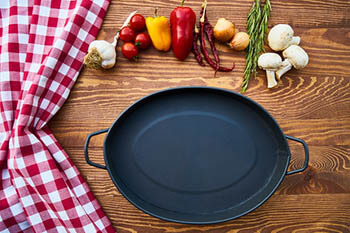
If you own a carbon steel or cast-iron pan, you probably know the importance of seasoning your cookware before using it. Seasoning builds up a surface layer on the pan, preventing your foods from sticking.
A simple way to season your dutch ovens and pans is to use potato skins. The job is simple: boil the peels for around 5 minutes, then drain the pan and wait for the peels to cool slightly. The starch from the peels should bind to any dirt or grime, helping to efficiently clean it and improving its non-stick capabilities.
13. Clean Your Fireplace
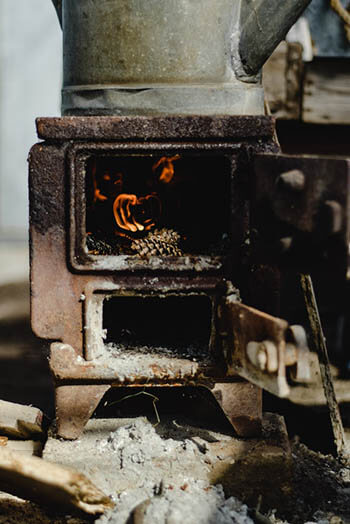
Fireplaces are becoming less common in new homes, so if you have one in your house, it's worth cherishing and looking after. To clean dusty, dirty or ash-covered fireplaces, just use the skins of potatoes.
First, dry your potato skins in a well-ventilated room for at least 48 hours. Then throw a handful of skins onto your lit fire. This should help to keep your fireplace in good condition, without the need for chemical cleaners.
14. Treat Burn Wounds
Potato skins have been used for centuries as a natural burn dressing. It's thought that potato peelings can reduce the redness, inflammation and pain associated with minor burns.
This cure has been backed up by science, too. One study suggested that leftover potato skins should be used in developing countries to treat burns, thanks to their affordability and availability.
It's worth keeping in mind that potato skins should only be used for minor burns. Anything severe should be examined by a medical professional.
To treat your burns with potato peel, simply layer peelings directly onto the affected area and secure them in place with a bandage. You could also crush the scraps to form a paste and apply that instead.
15. Make Potato Water
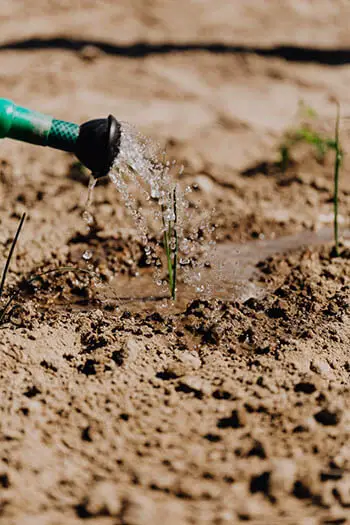
Don't be so fast to get rid of the leftover water after boiling potatoes or potato peel! This water can be used to add flavor to soups, sauces, and gravies. Because it contains starch, it can also help to thicken whatever is it added to. You can even add potato water to baked recipes to give flavor to bread rolls and help cakes stay soft.
Outside of the kitchen, potato water can be used to water your plants or soak tarnished silverware.
It's easy to make potato water from your leftover potato peel. Just add the skins to a pot of warm water, bring to a boil, then remove peelings and use the water straight away.
16. Make Potato Peel Gratin
Finally, potato skin can be used in a delicious, oven-baked potato skin gratin. You just need a few basic storecupboard ingredients, including cream, eggs, and cheese. Combine your ingredients and bake in the oven for a creamy, salty dish.
Conclusion
Who knew there were so many reasons not to throw out your potato skins? If you love potatoes, you'll definitely love potato peel, too. Next time you're peeling potatoes, don't be so quick to throw them away - try using them in one of these remedies or recipes instead. Enjoy!

